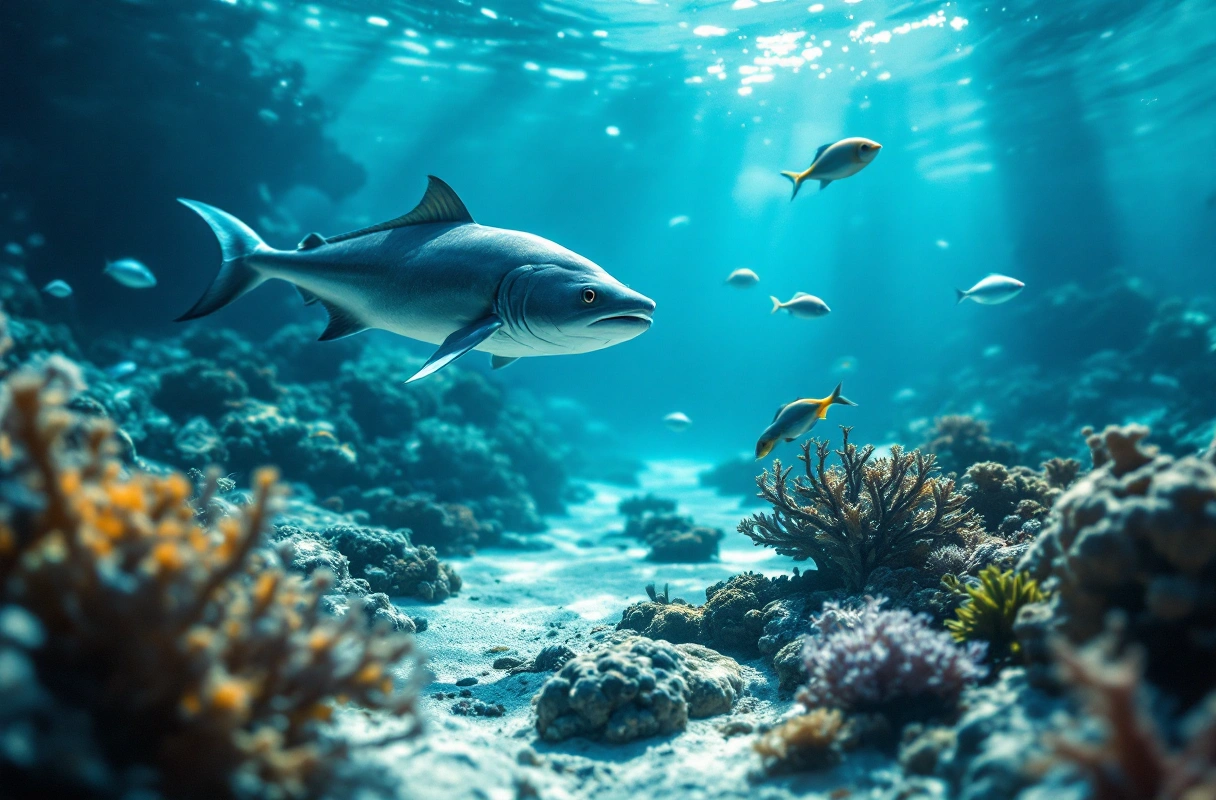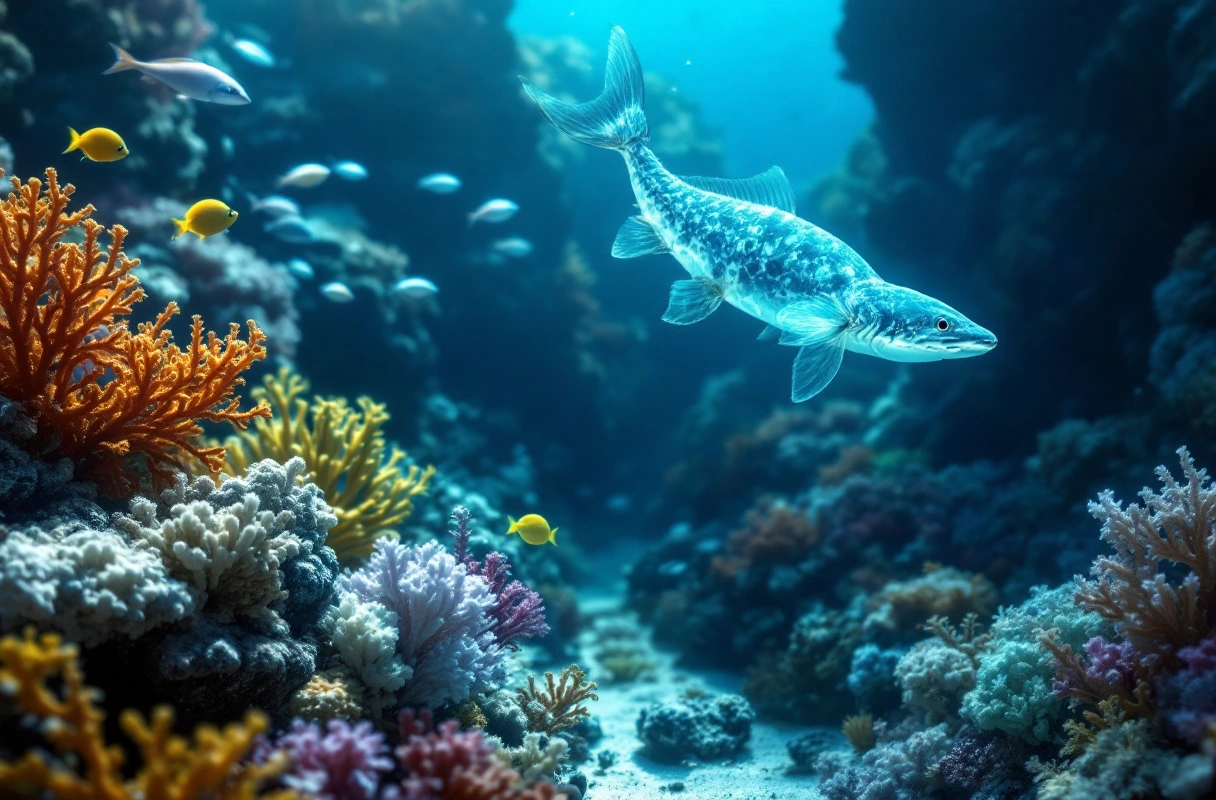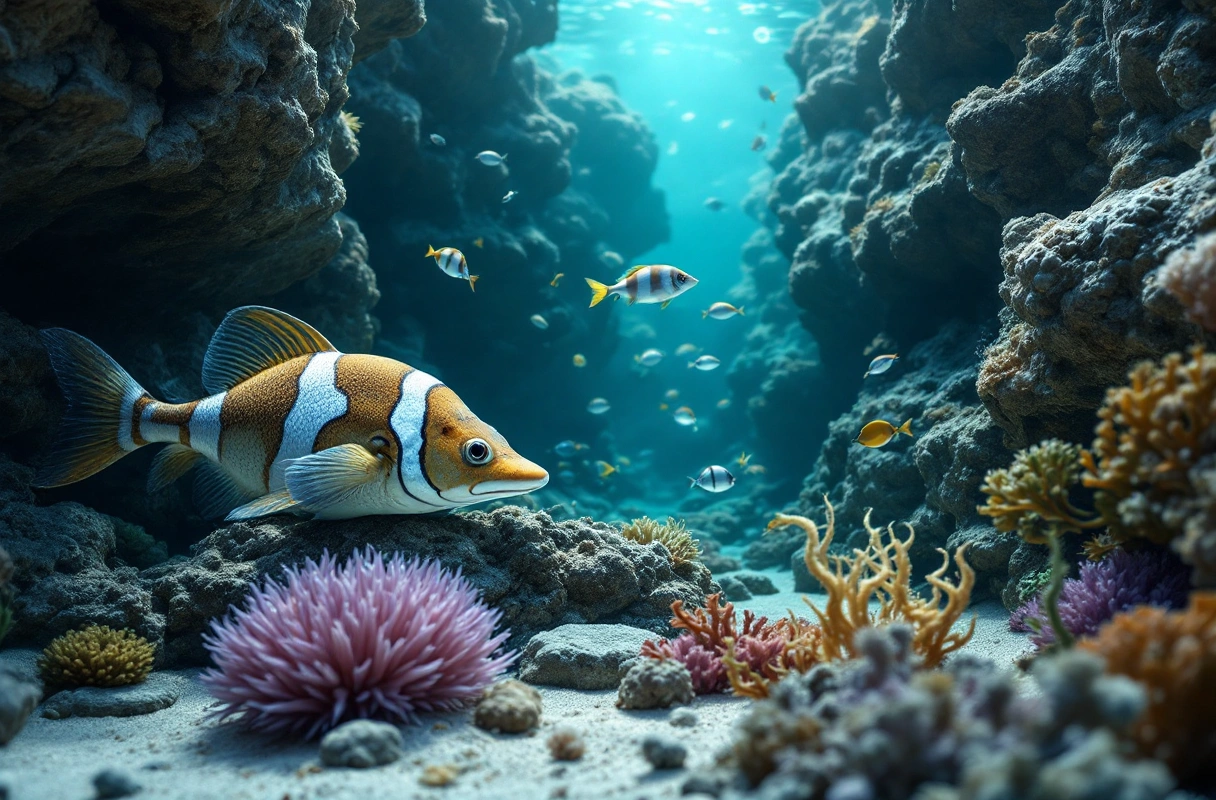
The ocean is a vast and mysterious expanse, home to a diverse array of life forms commonly referred to as sea creatures. Understanding these organisms not only enriches our appreciation for marine biology but also deepens our connection to the natural world. Whether you are a student, a nature enthusiast, or simply curious about the sea, this beginner’s guide will help you identify various sea creatures and comprehend how they adapt to their environments.
In this article, we will explore the fascinating world of sea creatures, delve into the intricacies of marine biology, and provide actionable insights to enhance your understanding of these incredible organisms. By the end, you will be equipped with the knowledge to identify different sea creatures and appreciate their unique adaptations.

Sea creatures encompass a broad range of organisms that inhabit the ocean, including fish, mollusks, crustaceans, marine mammals, and many others. These creatures are not only crucial to the marine ecosystem but also play vital roles in global biodiversity. The study of sea creatures falls under the umbrella of marine biology, a discipline that examines the relationships between marine organisms and their environments.
Sea creatures can be classified into various categories based on their biological characteristics, habitats, and behaviors. Understanding these classifications helps in identifying them in the wild.
To effectively identify sea creatures, it is essential to familiarize yourself with the most common types. Below is a list of key categories:
By understanding these classifications, you can begin to recognize and identify sea creatures during your explorations.

Adaptation is a fundamental concept in marine biology that explains how sea creatures evolve to survive and thrive in their specific environments. These adaptations can be structural, behavioral, or physiological, allowing organisms to cope with various challenges in the ocean.
Structural adaptations refer to the physical features of sea creatures that enhance their survival. These adaptations can be observed in various forms, including:
Understanding these structural adaptations can greatly enhance your ability to identify sea creatures in their natural habitats.
Behavioral adaptations involve the actions that sea creatures take to survive. These behaviors can include:
Recognizing these behaviors can provide valuable insights into the life cycles and ecological roles of different sea creatures.
Physiological adaptations are internal processes that enable sea creatures to cope with their environments. Examples include:
Understanding these physiological adaptations helps you appreciate the complexity and resilience of sea creatures.

Identifying sea creatures can be an exciting and educational experience. Here are some essential tips to enhance your identification skills:
Despite the wealth of information available, several misconceptions about sea creatures persist. Addressing these can improve your understanding and appreciation of marine life:
While many people associate sea creatures primarily with fish, this is an oversimplification. The ocean is home to a diverse array of organisms, including mammals, mollusks, and crustaceans, each playing unique roles in their ecosystems.
Many believe that marine life exists in isolation from human influence. However, pollution, overfishing, and climate change significantly impact sea creatures and their habitats. Understanding these impacts is crucial for fostering a responsible relationship with marine environments.
While some sea creatures, such as jellyfish and sharks, can be dangerous, the majority are harmless and play vital roles in their ecosystems. Educating yourself about these organisms can help dispel fears and foster a greater appreciation for their contributions to marine biodiversity.
Sea creatures are integral to maintaining the health of marine ecosystems. Each organism contributes to a complex web of life, influencing food chains, nutrient cycles, and habitat structures.
Sea creatures occupy various trophic levels in marine food chains, from primary producers like phytoplankton to apex predators like sharks. Understanding these relationships is essential for grasping the dynamics of marine ecosystems.
Certain sea creatures, such as coral reefs and seagrasses, provide critical habitats for numerous marine species. These habitats contribute to biodiversity and offer essential services, such as coastal protection and carbon sequestration.
Many marine creatures serve as indicators of environmental health. Changes in their populations can signal shifts in ecosystem dynamics, making them crucial for monitoring the impacts of climate change and human activities.
As we learn more about sea creatures and their importance, it becomes evident that conservation efforts are essential for protecting marine biodiversity. Organizations like the Banana Slug Club promote awareness and education about marine life, inspiring individuals to take action for the ocean.
Education is a powerful tool for fostering a connection with marine life. The Banana Slug Club provides resources and programs that promote understanding and appreciation of the ocean and its inhabitants. By participating in educational initiatives, you can contribute to the conservation of sea creatures and their habitats.
As you embark on your journey of identifying sea creatures, remember that the ocean is a treasure trove of knowledge waiting to be explored. Each encounter with a sea creature offers a glimpse into the wonders of marine biology and the delicate balance of life beneath the waves.
Engaging with the Banana Slug Club can enhance your understanding of sea creatures and provide opportunities for hands-on learning and conservation efforts. Whether you are a student, a nature enthusiast, or simply curious about the ocean, there is a world of discovery awaiting you.
Visit our website or contact us for more information on how you can get involved in exploring and protecting the incredible diversity of sea creatures. Together, we can foster a deeper appreciation for the ocean and work towards ensuring its health for future generations.
Get free resources, early access to new features and updates.
No spam. Just fun educational emails!